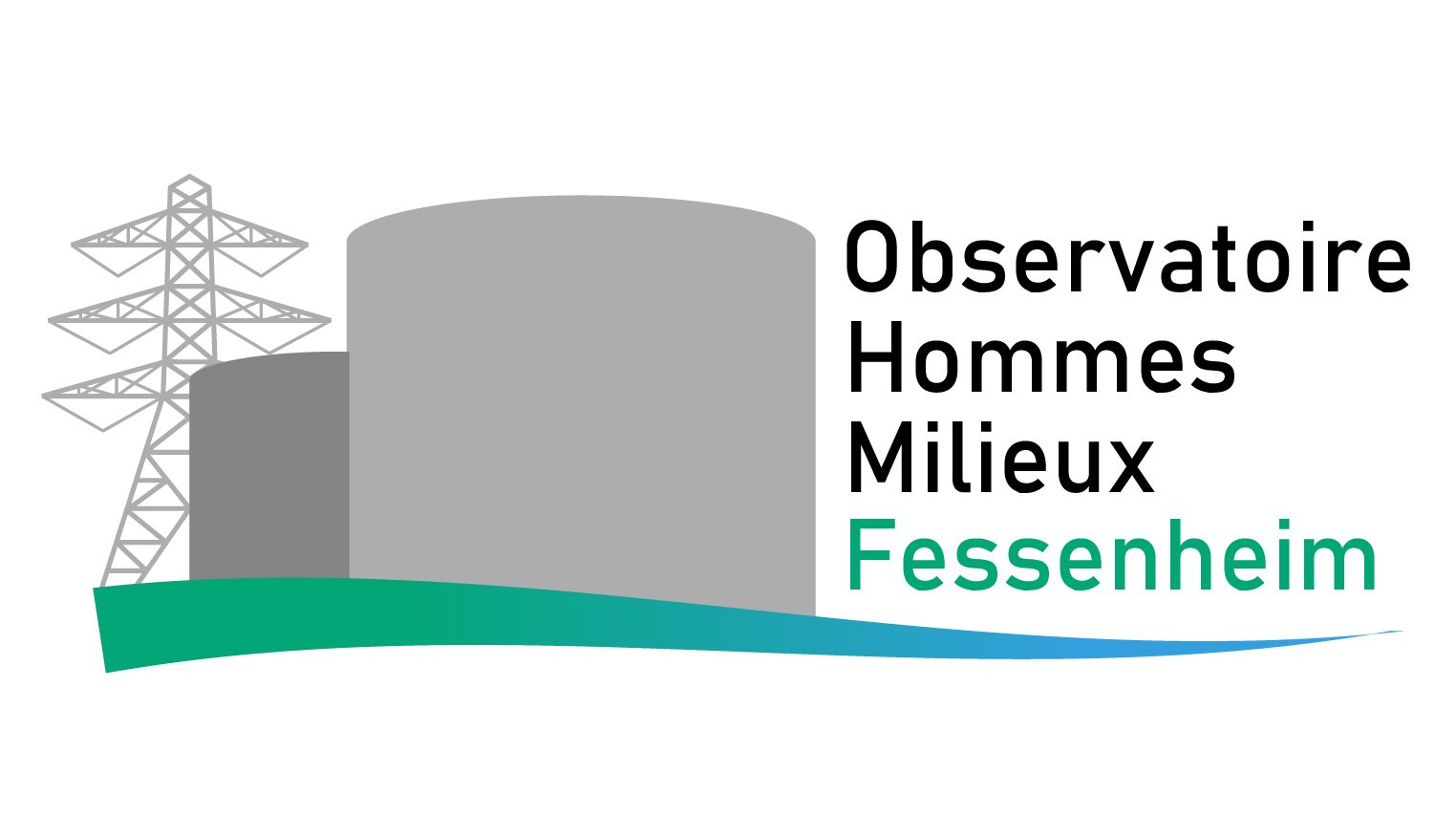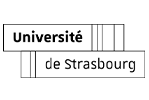Prospective life cycle assessment of the decommissioning of the Fessenheim nuclear power plant
In February and June 2020, the Fessenheim NPP respectively went through the shutdown of its first and second reactors. The question that now arises is whether the dismantling of the NPP will be significant in terms of water pollution and global warming.
The PostAtomVie project consists in evaluating the environmental impacts during the last phase of the life of the Fessenheim NPP, in other words during the decommissioning phase of the plant in order to provide political decision-making assistance in terms of territorial environmental management and management of certain wastes. The system studied breaks down into three phases: dismantling, decontamination and demolition. It is understood that the technical operations of these three phases succeed one another, are often separated by upkeeping and maintenance phases and can be spread over periods ranging from 5 to 40 years, which implies a share of prospective modeling.
The development of the database was the starting point for the modeling of the impacts. It brings together the different quantities of radioactive and conventional waste that will be handled during dismantling as well as the distances and transport of radioactive waste to their storage locations. The sources of the data used come from EDF (Electricité de France) reports, studies of previous dismantling. The data concerning waste comes from a report by ANDRA (National Agency for Radioactive Waste Management). The second point of the modeling is the evaluation, at each stage of the system, of the three most important impact categories: namely global warming, the use of non-renewable energy and the respiratory effects linked to compounds inorganic. The LCA calculation method used is Impact 2002+.




